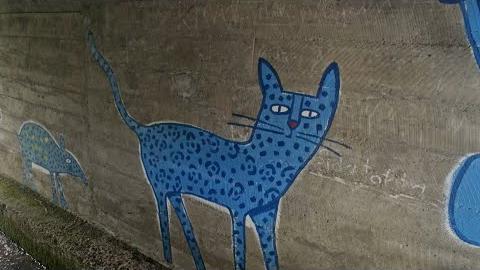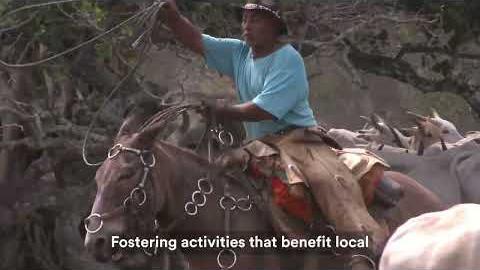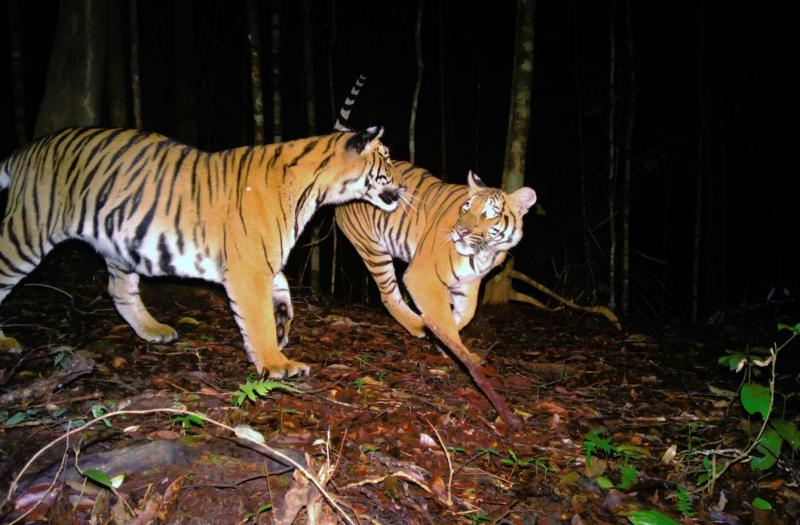About Small Cats
Panthera’s Small Cats Program creates targeted conservation strategies for the world’s most threatened small cat species by understanding their unique ecological needs and most urgent threats. Of the world’s 40 wild cat species, 33 are classified as small cats. Scientists still know very little about most of these petite felines, so in 2018, Panthera launched our Small Cats Program. Our growing Small Cats Program is expanding our focus on wild cat conservation to bring the increasingly threatened small cat species to the world’s attention and enact science-based conservation action on their behalf.
View Press Release »The State of Small Cats
Ranging in size from the diminutive rusty-spotted cat, weighing around 2-4 pounds when fully grown, to the 50-pound Eurasian lynx, small cat species inhabit five of the world’s seven continents (excluding Australia and Antarctica) and are superbly adapted to an array of natural and increasingly unnatural environments, from deserts to rainforests to city parks.
Compared to big cats and other carnivores, very little is known about the world's small cats. Supremely elusive, some are nocturnal, others are arboreal — and all are rare and secretive, making them especially difficult to study. Many small cats are in danger of extinction and some are so cryptic that scientists haven't even been able to study them in the wild and can only describe their appearance and approximate geographic range.
While 13 of the world’s 18 most threatened wild felids are small cat species, they still receive a fraction of all funding committed to wild cat conservation. Today, conservation strategies don’t even exist for most small wild cat species, though they most certainly face serious risks from habitat loss, poaching, land conversion and conflict with humans. In 2021, the Ayers Wild Cat Conservation Trust committed at least $US 20 million to wild cat conservation over the next decade, with a particular focus on the preservation of small wild cats.
Where Do Small Cats Live?
Small cat species inhabit five of the world’s seven continents in diverse habitats, including deserts, tundra, mountains and rainforests. Many live in overlapping ranges with the planet’s seven big cat species.
Where We Work
North America
-
Countries: Canada, United States
-
Species We’re Protecting: Bobcats, Canada lynx
South and Central America:
-
Countries: Belize, Brazil, Colombia, Costa Rica. We also partner with key players in Argentina and Chile.
-
Species We’re Protecting: Andean Mountain cats, Geoffroy’s cats, guiñas, jaguarundis, margays, ocelots, oncillas, Pampas cats
Asia
-
Countries: Malaysia and Thailand. We also partner with organizations and government entities in Bhutan, India, Indonesia and Mongolia.
-
Species We’re Protecting: Asian golden cats, bay cats, clouded leopards, fishing cats, flat-headed cats, marbled cat, Pallas’s cats, Sunda clouded leopards
Africa
-
Countries: South Africa and Zambia. We also support conservation efforts in the Ivory Coast, Morocco, Namibia and the Republic of the Congo.
-
Species We’re Protecting: African golden cats, black-footed cats, sand cats, servals.
Select a species below to see their range:
- Historic Range
- Current Range
FAQs
How does my house cat compare to a small wild cat?
The African wildcat is the closest relative to domestic cats. The species began to be domesticated around 10,000 years ago on the Fertile Crescent with the rise of agriculture. While technically considered to be the same species by most scientists, the genetic differences between the wildcat and the domestic cat are enough to classify them as separate subspecies.
Why is it important to study small cats?
Although big cats are well-known indicator species, which means they reflect the health of their environments, small cats also signal global change. Occupying a wider range of ecological niches than other species, they exhibit a greater variety of sensitivities to change. Small cats have shorter life spans and higher reproductive rates, so they exhibit more rapid responses to change. Some small cat species, though not all, have smaller home ranges and are more abundant, which makes it easier for scientists to investigate fine-scale management interventions. Therefore, studying small cats and their reaction to climate change not only allows us to better understand these species, but also the overall health of their ecosystems and the species with whom they interact.
Yet, only a handful of studies have investigated the ecology of small cats, so there are massive knowledge gaps about species population sizes, threats and more. This lack of data can significantly hamper conservation action and make many highly threatened small cat species appear as low priorities on the conservation agenda.
Can small cats roar?
Unlike many big cat species, such as lions and tigers, small cats lack the specialized stretching ligament in their hyoid bone that would enable them to roar.
What are the threats facing small cats?
Small cats face many of the same issues as big cats, including habitat loss, legal and illegal hunting of them and their prey and conflict between humans and cats, usually due to attacks on small livestock. Other threats include disease, hybridization and the illegal pet trade.
How can we save small cats?
Through our Small Cats Program, Panthera is expanding our focus on wild cat conservation to bring increasingly threatened small cat species to the world’s attention and enact science-based conservation actions on their behalf.



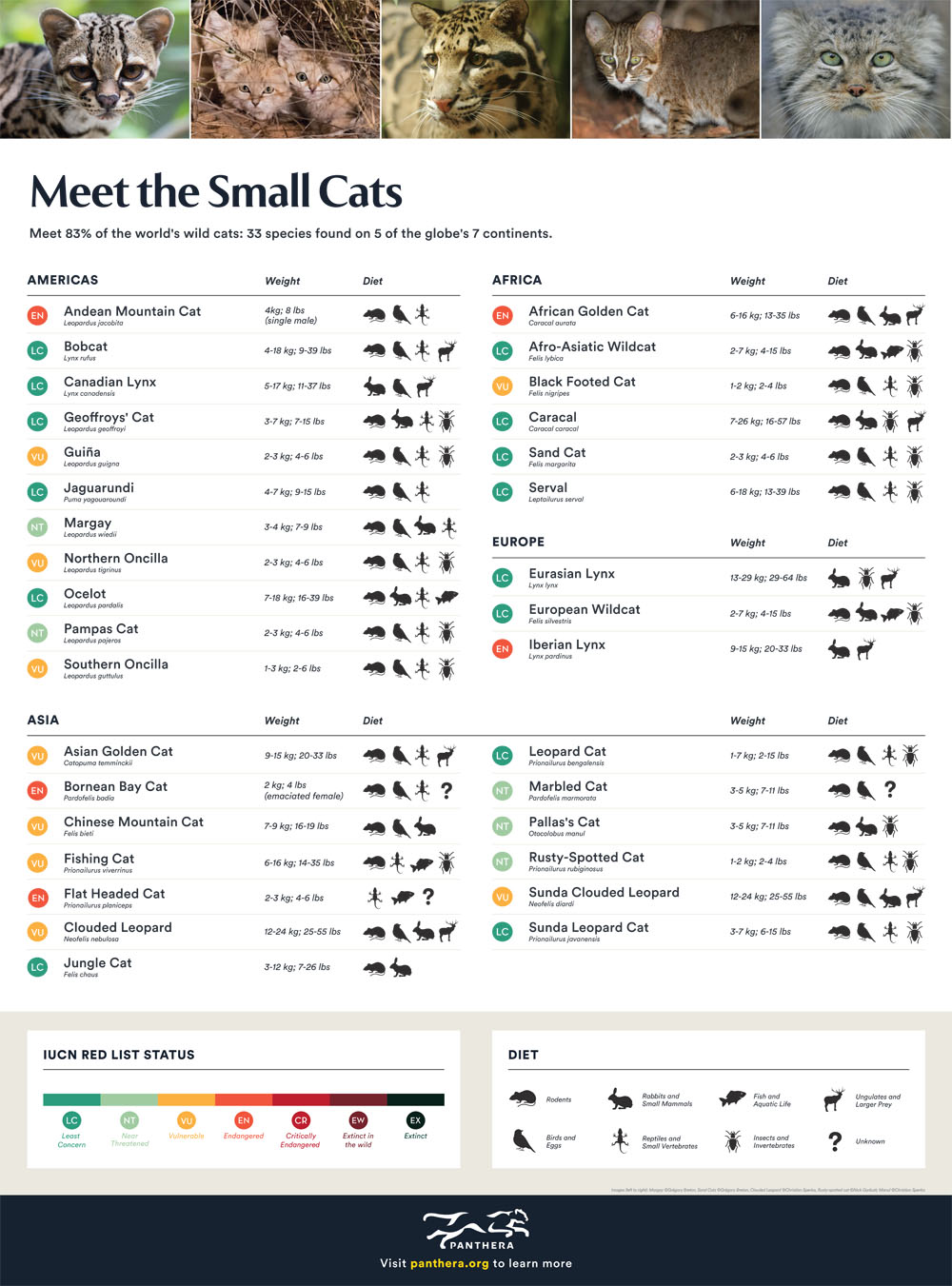
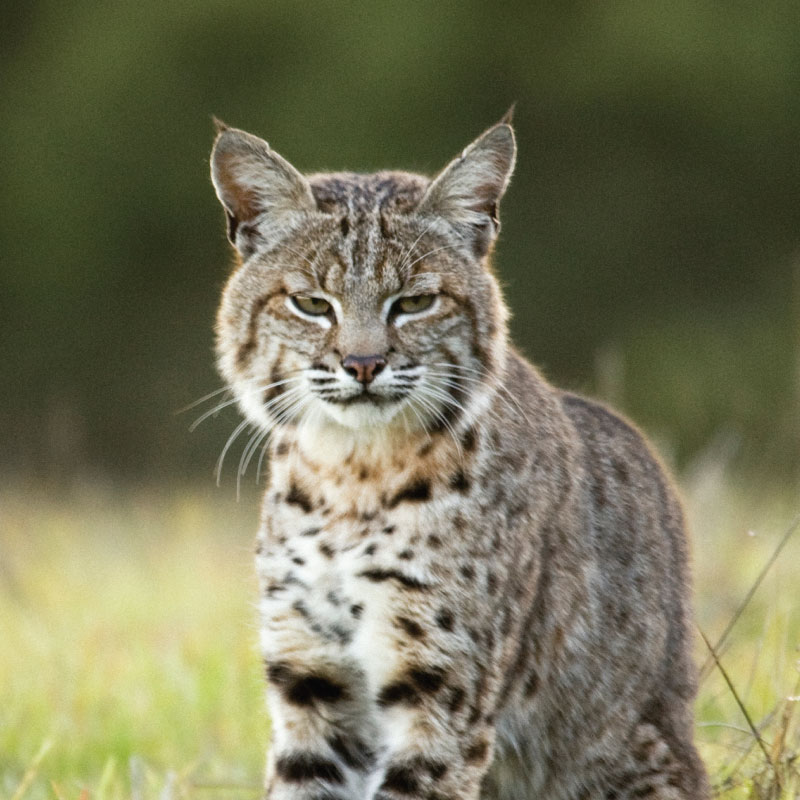 Bobcat
Bobcat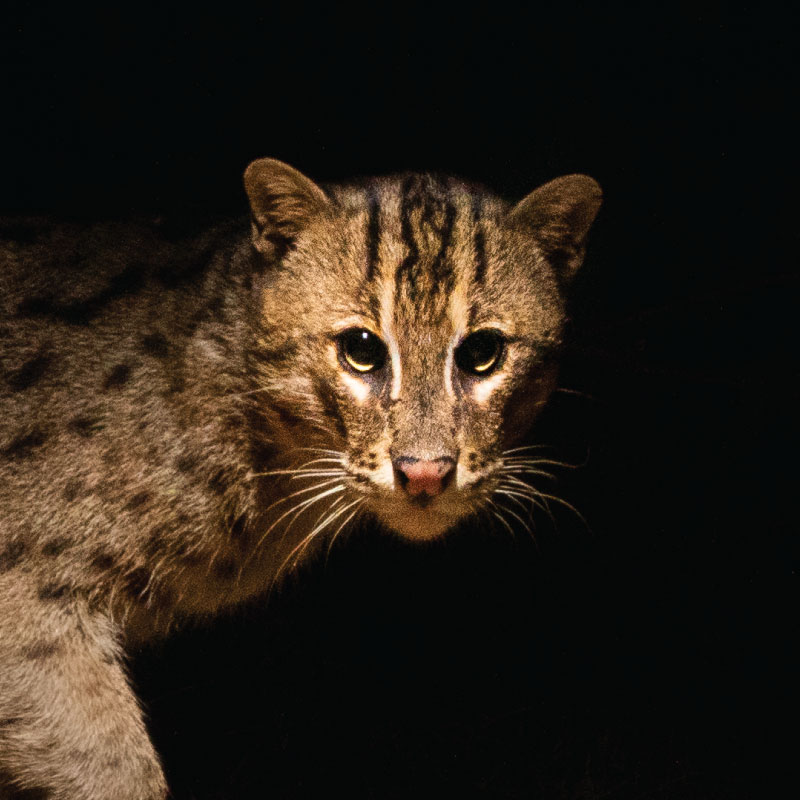 Fishing Cat
Fishing Cat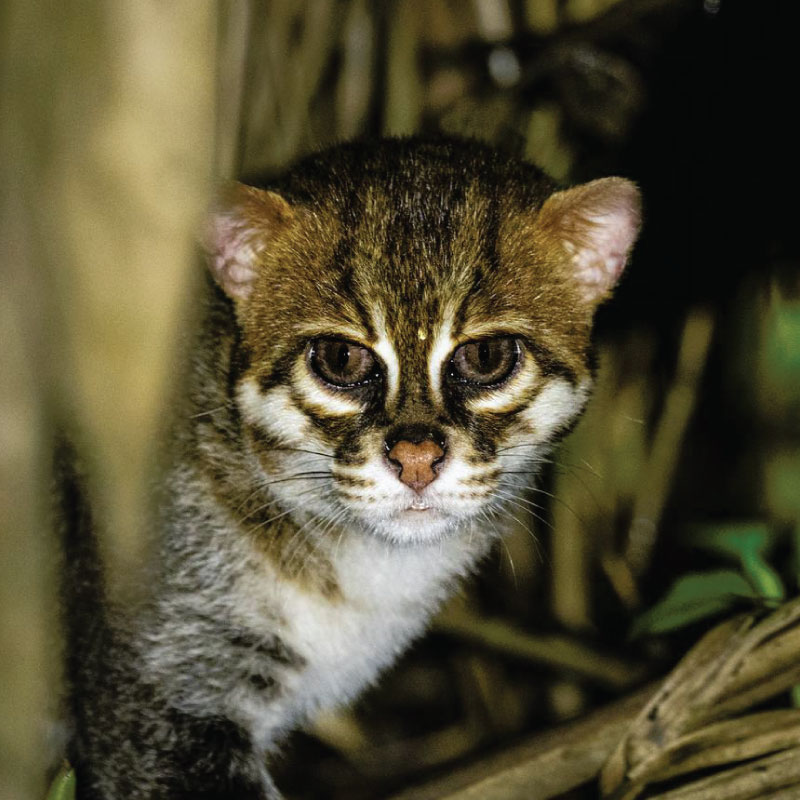 Flat-Headed Cat
Flat-Headed Cat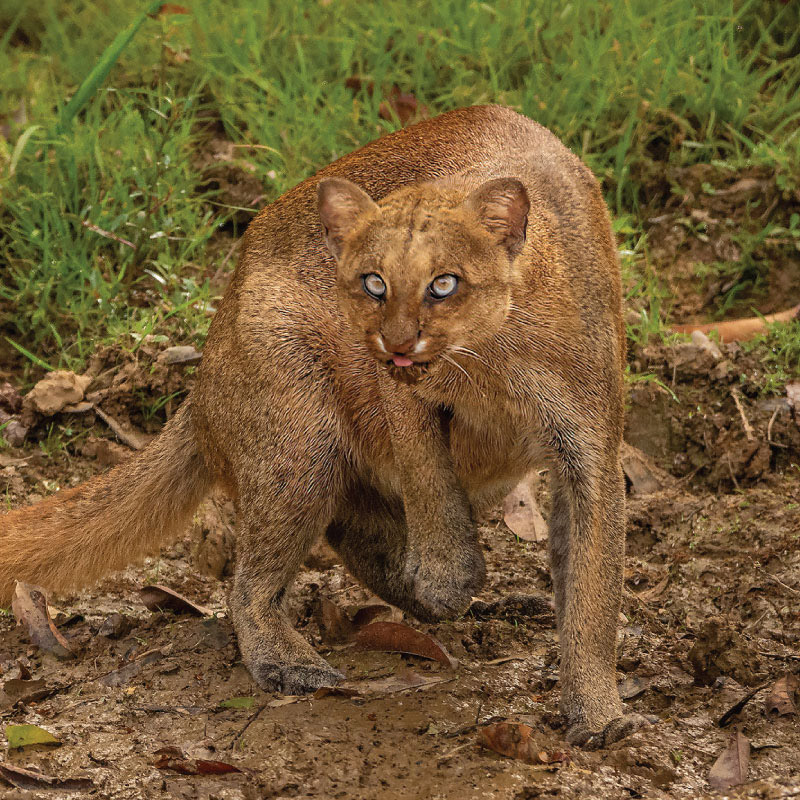 Jaguarundi
Jaguarundi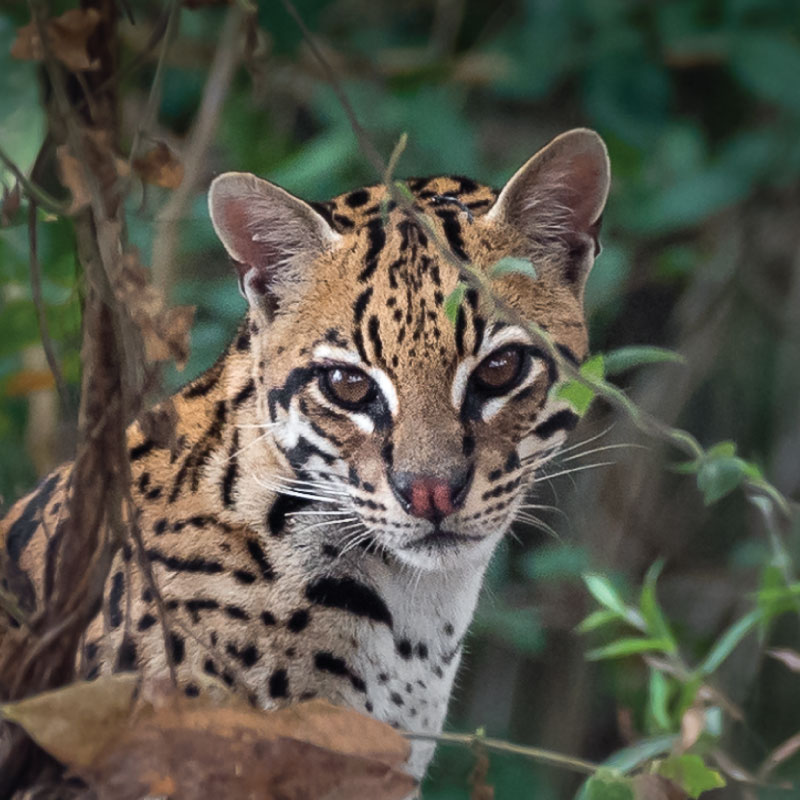 Ocelot
Ocelot Oncilla
Oncilla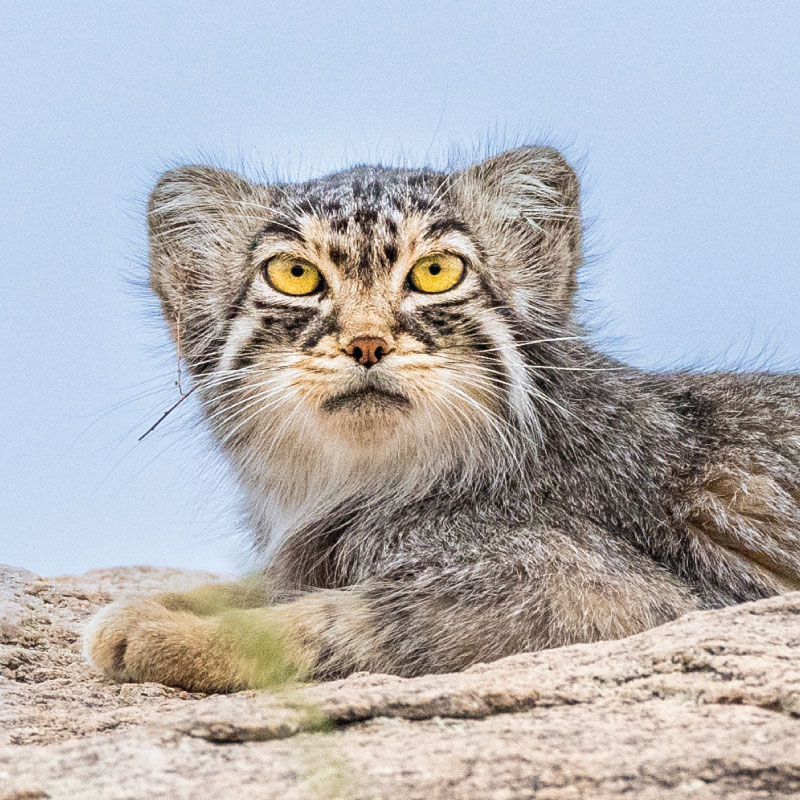 Pallas's Cat
Pallas's Cat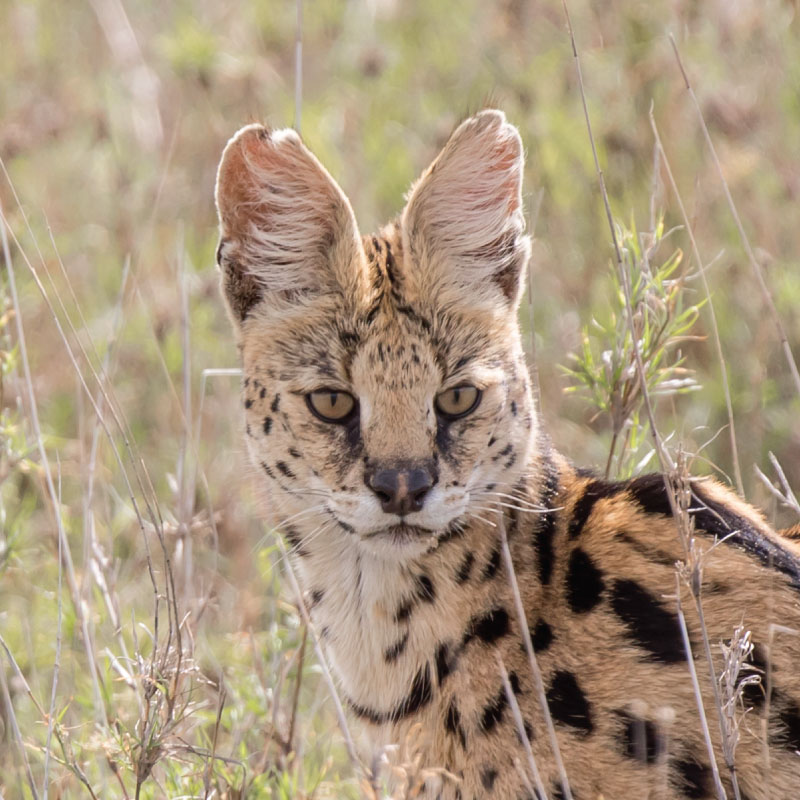 Serval
Serval